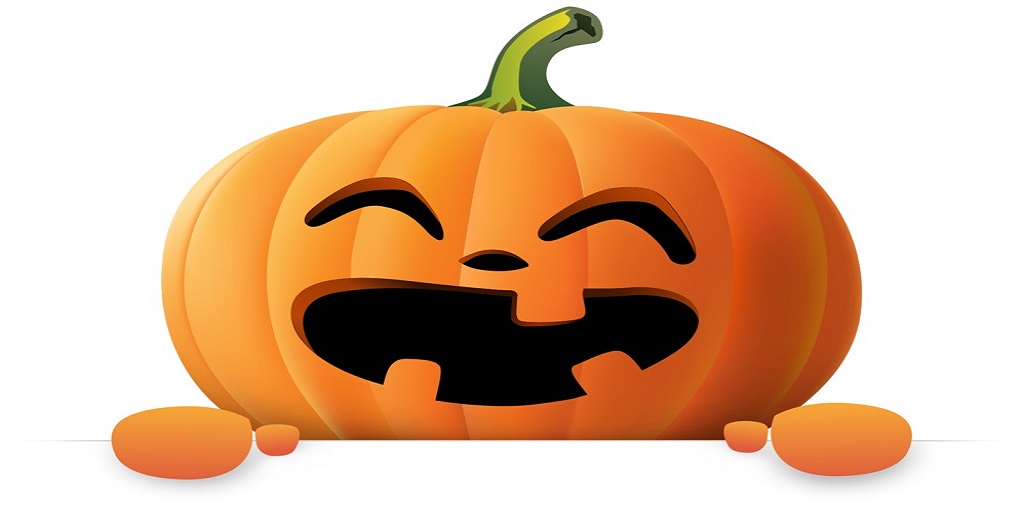Spooky Series: Patents from the Grave! Can you dig it?
It’s October– which means that Halloween is right around the corner! I am going to be writing a weekly scary blog about patents that are a bit spooky and quite real. Scary is in the air and cemeteries have never seemed more alive. Everyone who has driven by or walked by a cemetery at this time of year has probably felt a chill or two.
I must admit cemeteries are a little creepy to me—but why? Is it because of the movies, or a fear that some dead body may slowly creep out of a coffin buried in the ground, or is it a fear that the spirits of the dead really come alive at night and walk through the cemetery? Either way, cemeteries have an eerie history and some of the patents pertaining to graves, burials and the dead are even creepier!
In the 18th century, the fear of burying a person that was still alive was very real. When the Industrial Revolution occurred, there was no reliable method for determining death. In addition, methods of putting people in comas (i.e. electricity, chemicals, industrial accidents from the new machinery and railroads, etc.) was increasing. People were sometimes unsure that a person was actually dead.
Historically, there were very few reported cases of corpses that were buried alive. However, there did exist suspect situations in which a corpse was exhumed and had hair and nail growth. There was also evidence of scratches on a coffin lid. Both signs that a person may have been buried alive.
With this fear, came ideas and inventions to try and lessen the cases of possibly burying people alive. The British inventor of the first signaling coffin became wealthy, but burned himself to death in order to avoid the possibility of being buried alive. Grave protectors and alarms have been patented since the late 1800’s, and are several patents for methods of accomplishing this as well as other burial techniques.
Improved Burial Case US Patent No. 81,437. (August 25, 1868) “The nature of this invention consists in placing on the lid of the coffin, and directly over the face of the body laid therein, a square tube, which extends from the coffin up through and over the surface of the grave, said tube containing a ladder and a cord, one end of said cord being placed in the hand of the person laid in the coffin, and the other end of said cord being attached to a bell on the top of the square tube, so that, should a person be interred ere life is extinct, he can, on recovery to consciou
Coffin Attachment US Patent No. 4041582 (May 15, 1900) “I am aware that numerous devices have been employed for maintaining bodies within coffins or caskets, but in none of them could the shoulders or upper portion of a corpse be held securely in position and in such a manner that ghouls would not be able to remove the body without breaking the holding device.”
Grave Protector Patented by T. J. Brown Oct. 4, 1904 The means employed for securing the corpse within the coffin consists of a plurality of substantially U-shaped metal members adapted to inclose the ankles or limbs and the neck, breast or other parts of the corpse and each provided with threaded ends to project through the bottom of the coffin.
Coffin Patented by F. Egerland & J. M. Freese (Feb. 19, 1895) “The invention consists in the provision of a coffin of ordinary construction provided with a tube or pipe leading from the surface of the ground to a point inside the coffin for the purpose of providing air to maintain the life of a revivified person, the said pipe having a globe attached at one point between the coffin and the surface of the earth adapted to hold disinfecting material to prevent the discharge of poisonous or obnoxious gases from the coffin.”
Apparatus For Sig
Method of Preserving the Dead Patented by J. Karwowski (Dec. 29, 1903) “This invention relates to certain new and useful improvements in methods of preserving the dead; and has for its object the provision of a means whereby a corpse may be hermetically incased within a block of transparent glass, whereby being effectually excluded from air the corpse will be maintained for an indefinate period in a perfect and life-like condition.”
Today it is easy for doctors to determine death with nearly 100 percent certainty, and embalming procedures ensures that a person would be dead by the time of burial, however coffin alarms were still being patented as late as 1983 (U.S. Patent 4,367,461, “Coffin Alarm” issued to Fernand Gauchard, January 4, 1983).
In conclusion, I would still be wary around cemeteries at Halloween time. You never know if an alarm will sound and a ghoulish creature will appear to say “BOO!”




